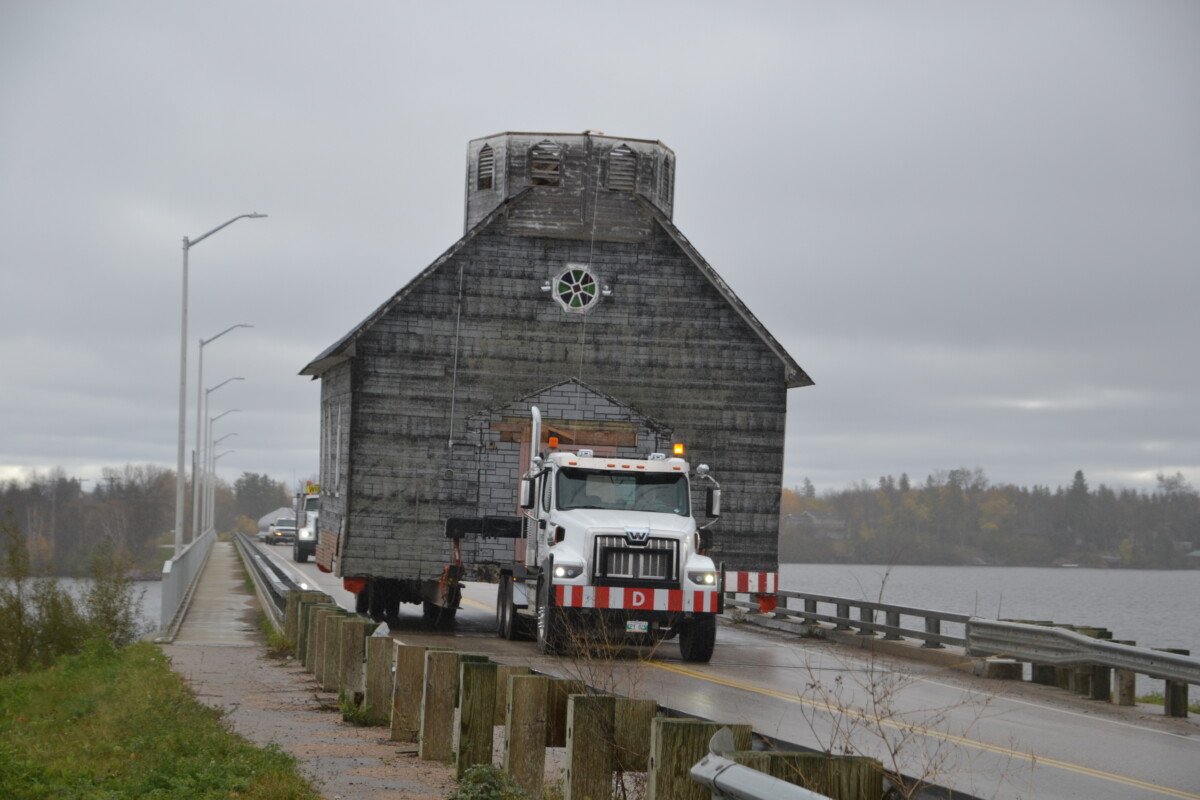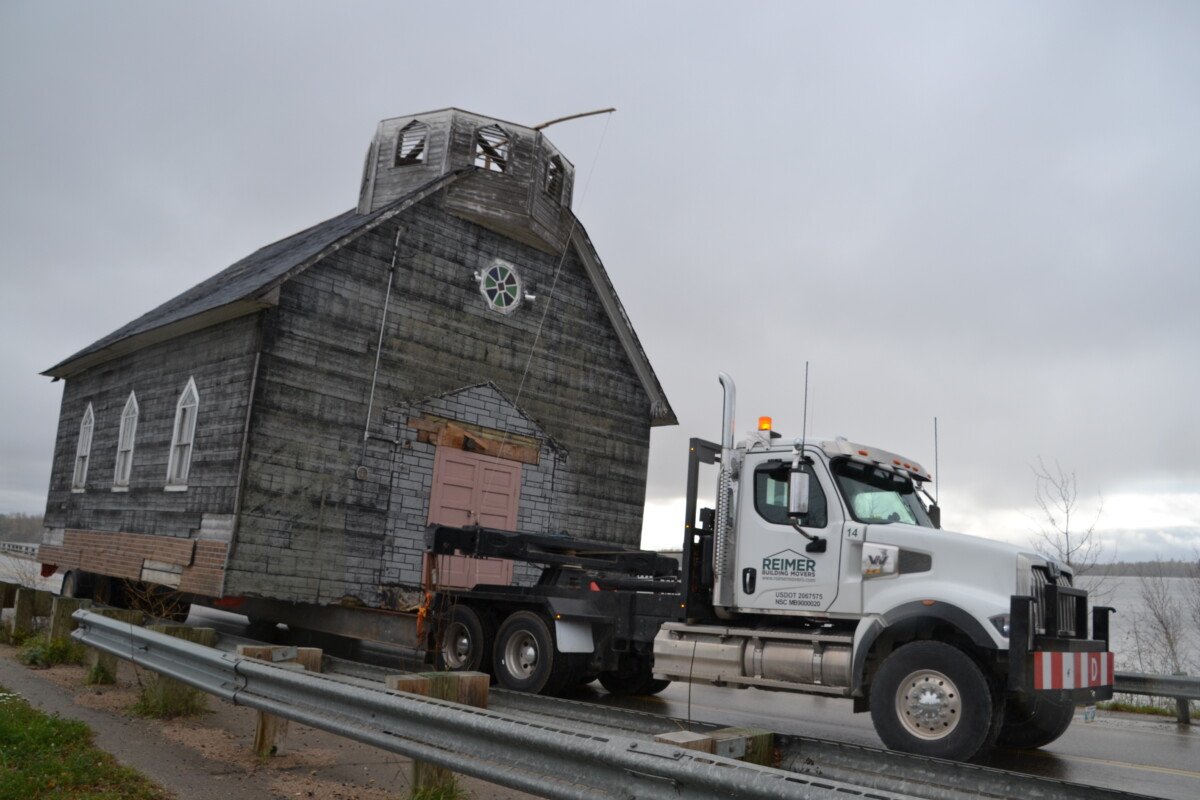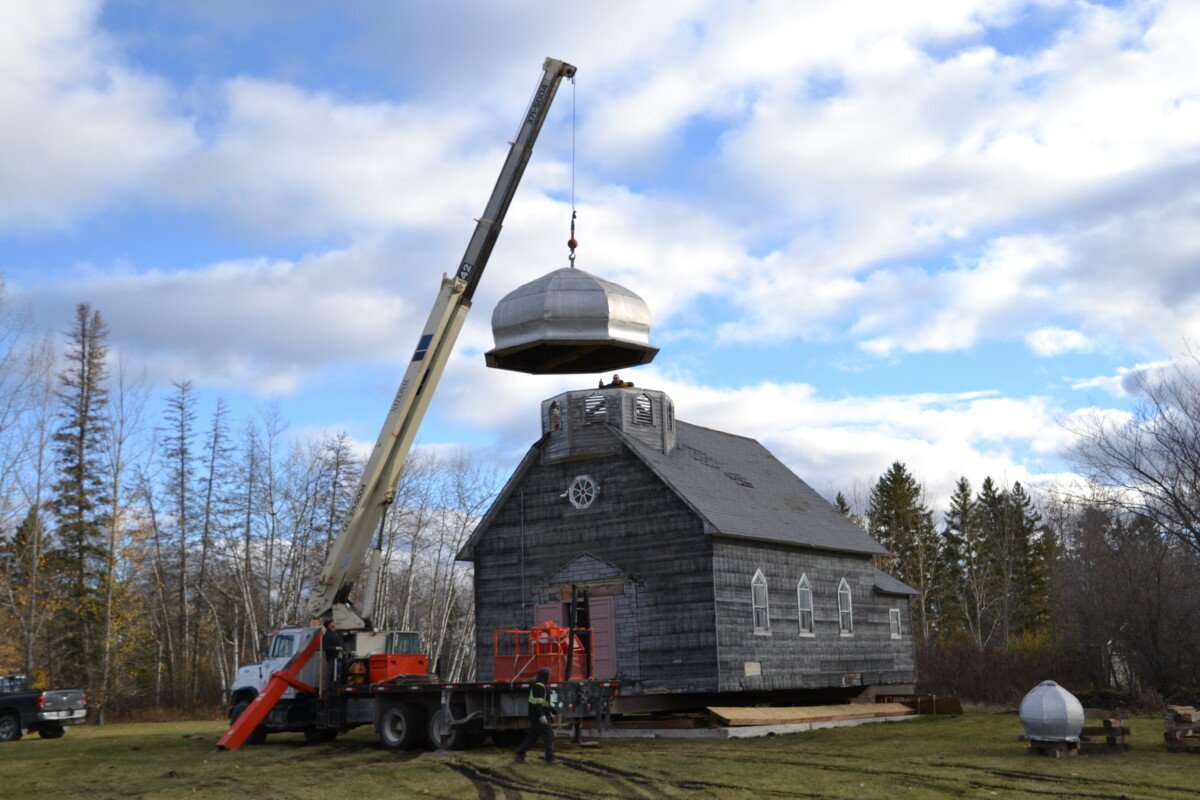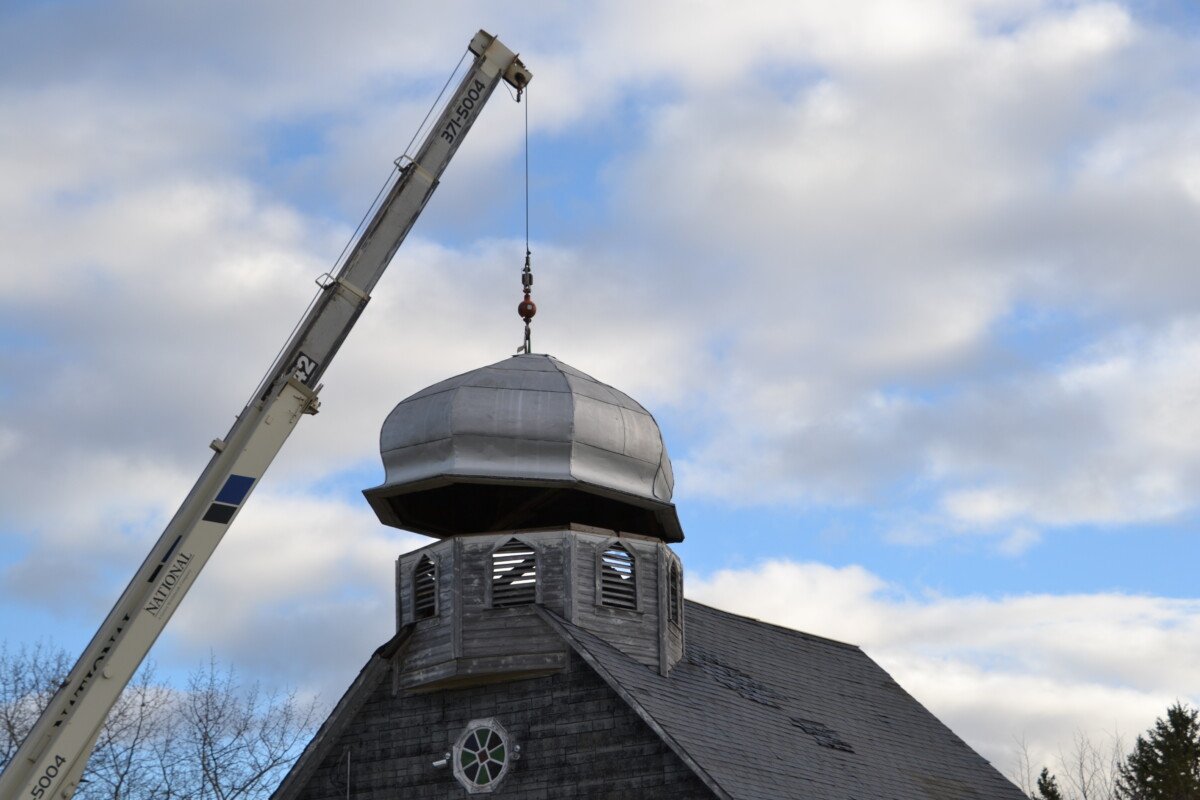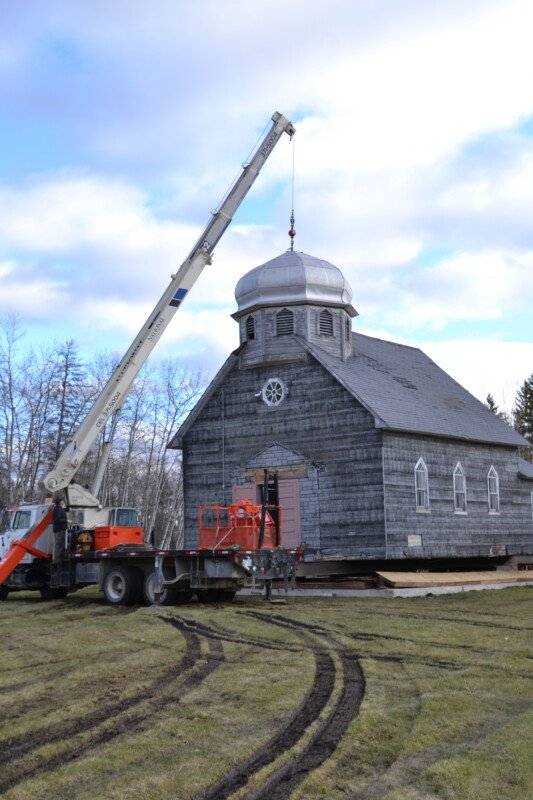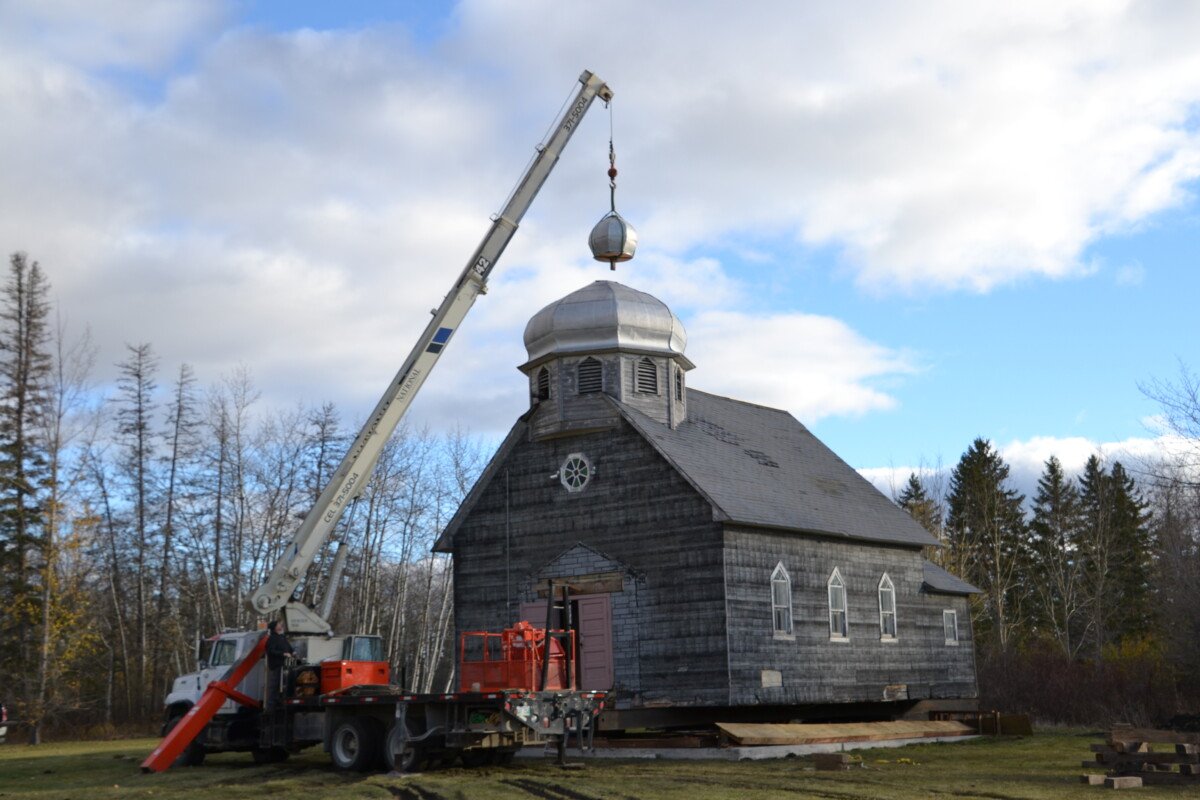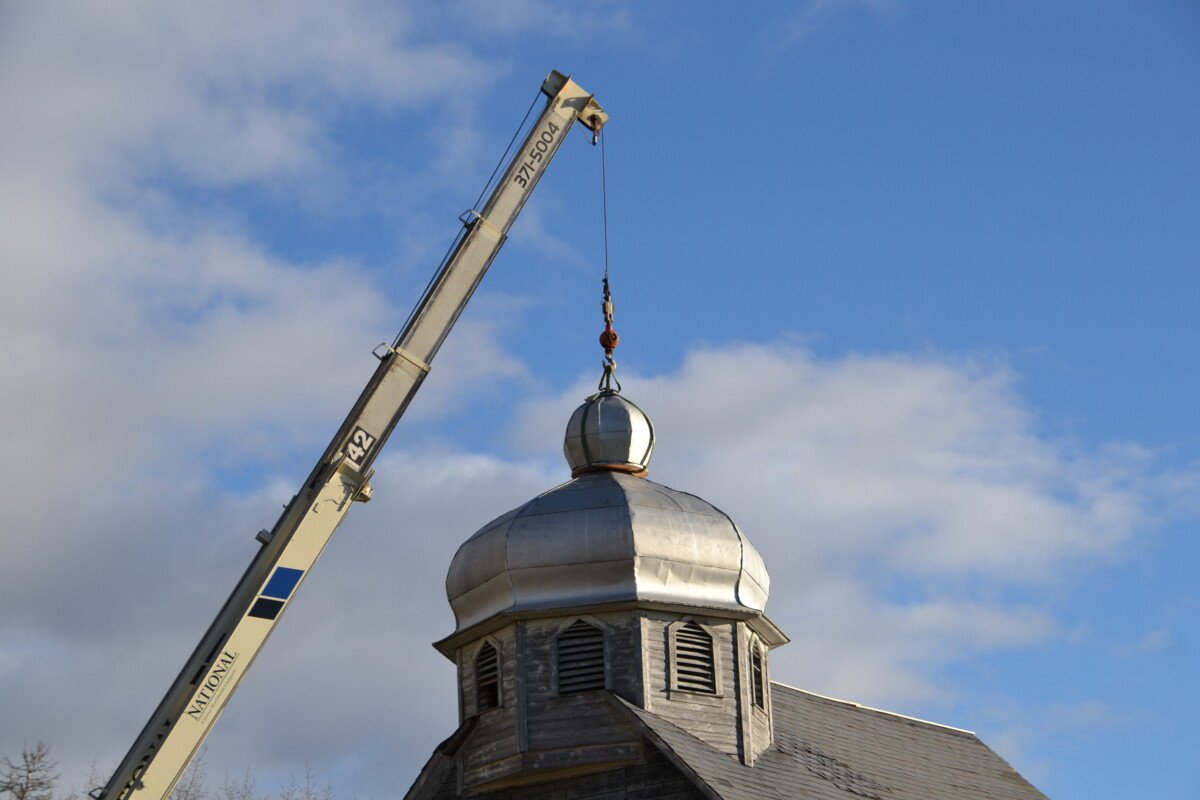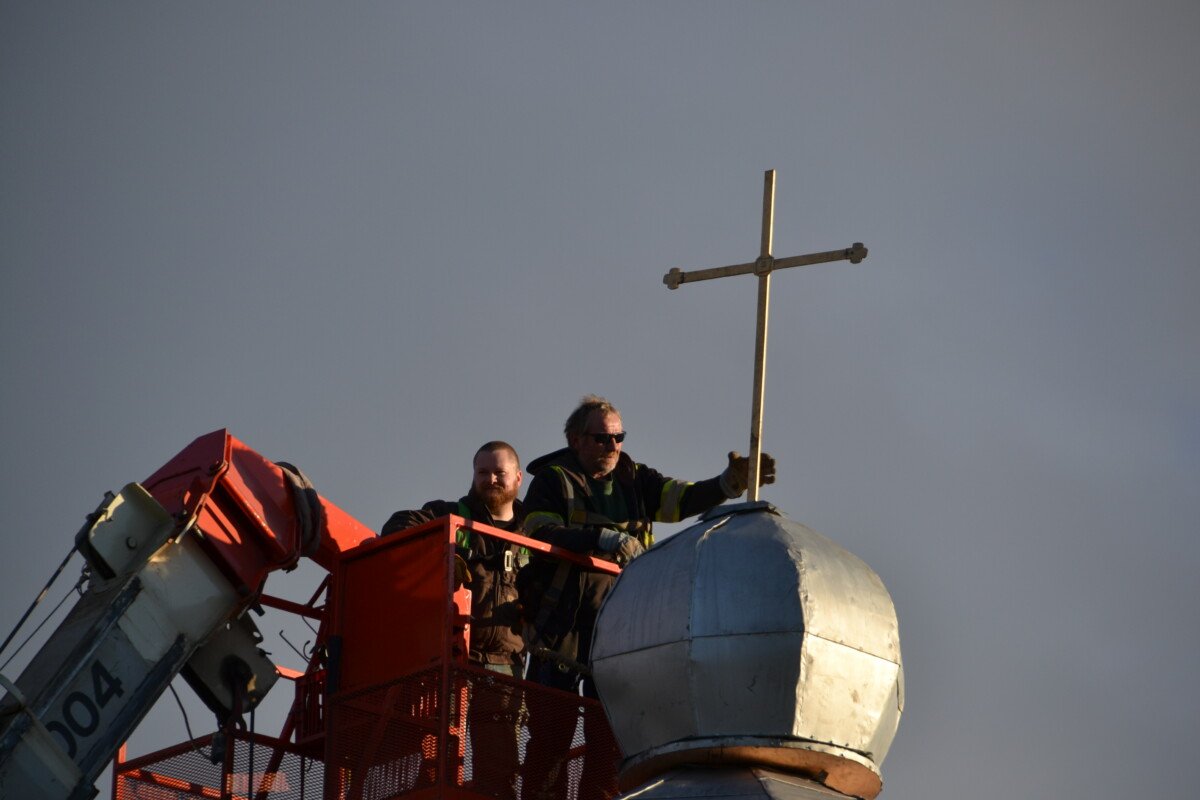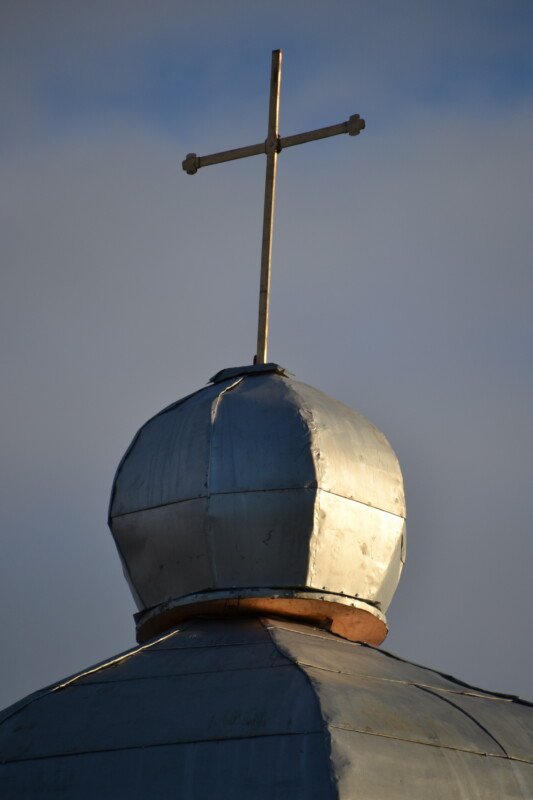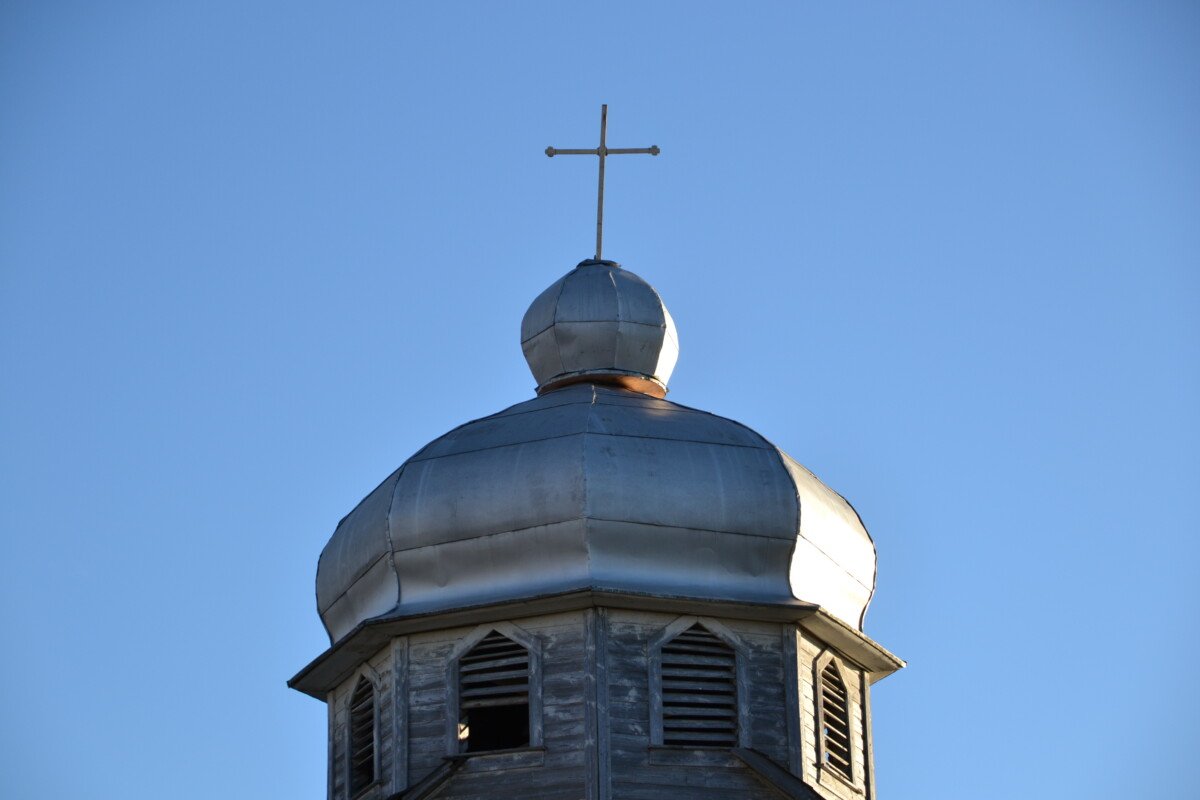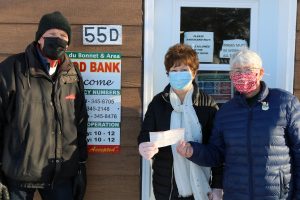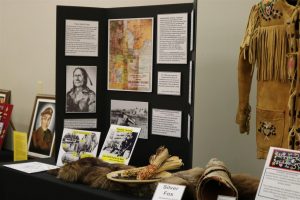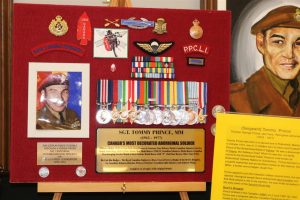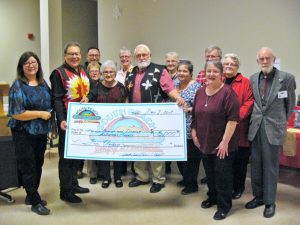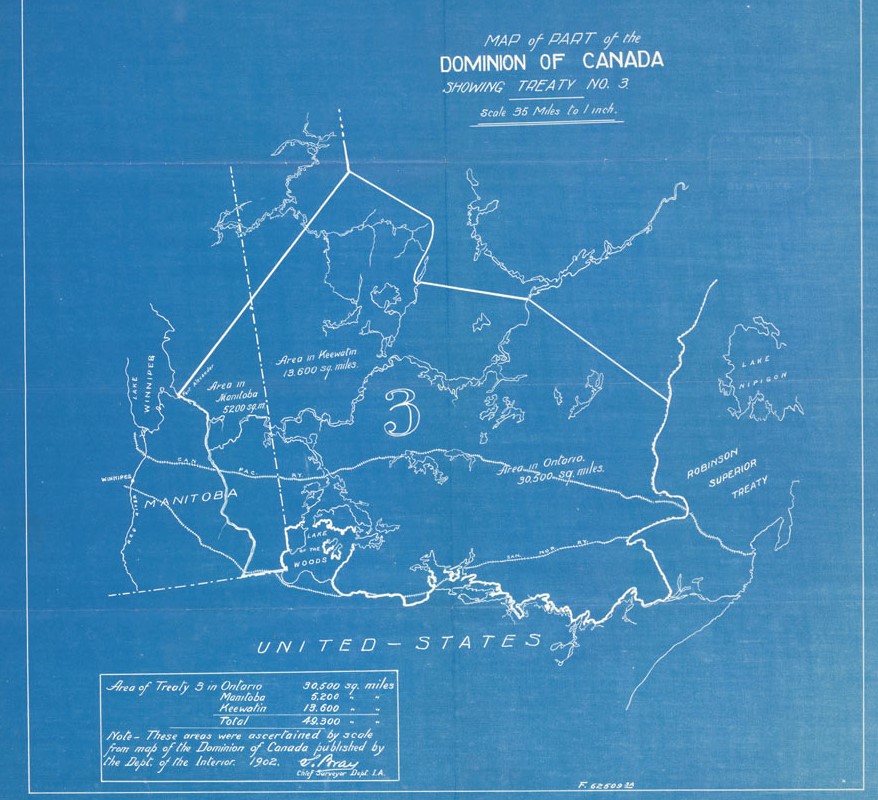On Wednesday, October 22, 2025, after a year of preparation, the St. Anthony Petchersky Ukrainian Catholic Church finally arrived home in Halliday Park.
The day was cold, cloudy and rainy. Hydro crews led the move along highway 520 and onto 313, disconnecting and lifting transmission lines, and getting power restored as quickly as possible. Vehicles were stopped in both directions, allowing the church to cross safely over the Winnipeg River bridge. The intersection of highways 313 and 502 was temporarily closed and traffic backed up as Hydro and Bell MTS crews worked on moving lines to allow the church to pass under and over them.
Once at Halliday Park, the trucks struggled through the rain-soaked ground to place the church on its new concrete foundation. Reimer Movers, along with Marvin and Garrett Hueston, expertly guided the whole process.
The St. Anthony Petchersky Ukrainian Catholic Church has moved three times since it was built in 1937: from Brightstone to Lac du Bonnet in 1960, then to a private property off highway 520 in 1996, and now to Halliday Park.
But the journey is not over yet!
The Lac du Bonnet & District Historical Society is still in need of volunteers and financial help to restore the St. Anthony Petchersky Ukrainian Catholic Church to its former glory.
Photos credit: Jennifer Strassel
-
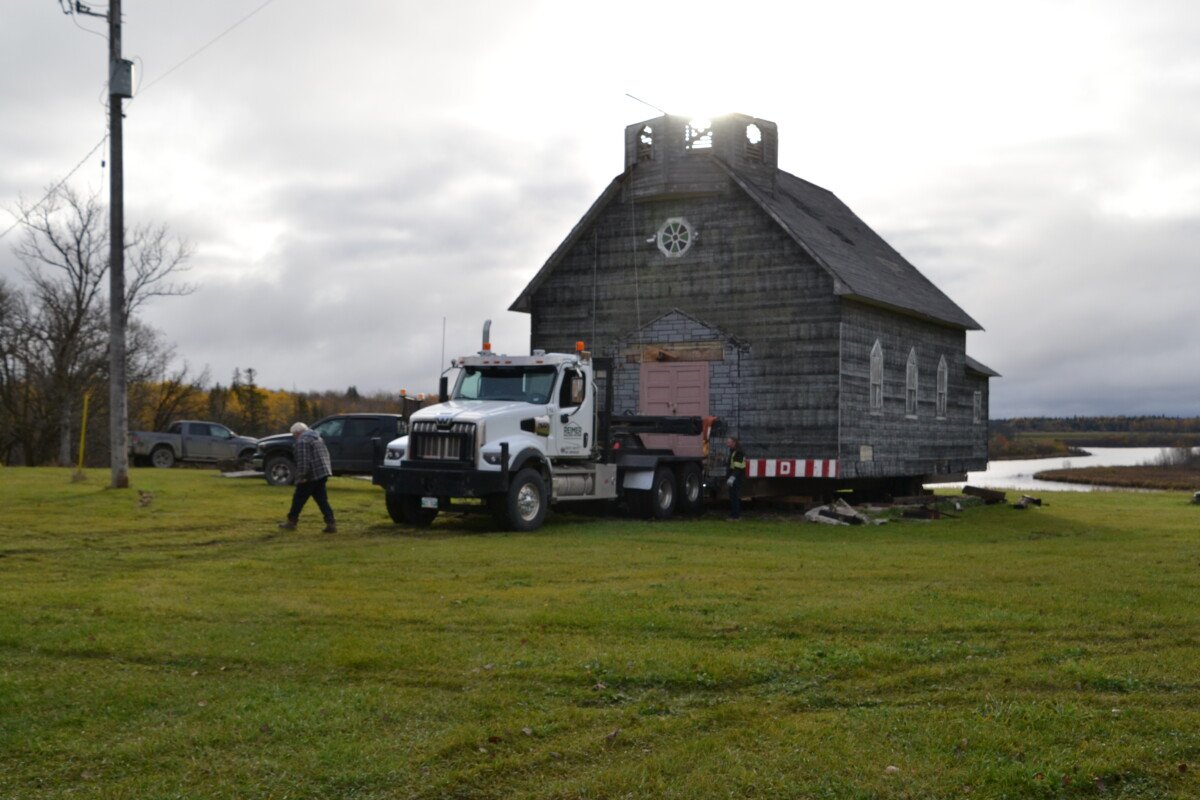
- At the 520 property
-
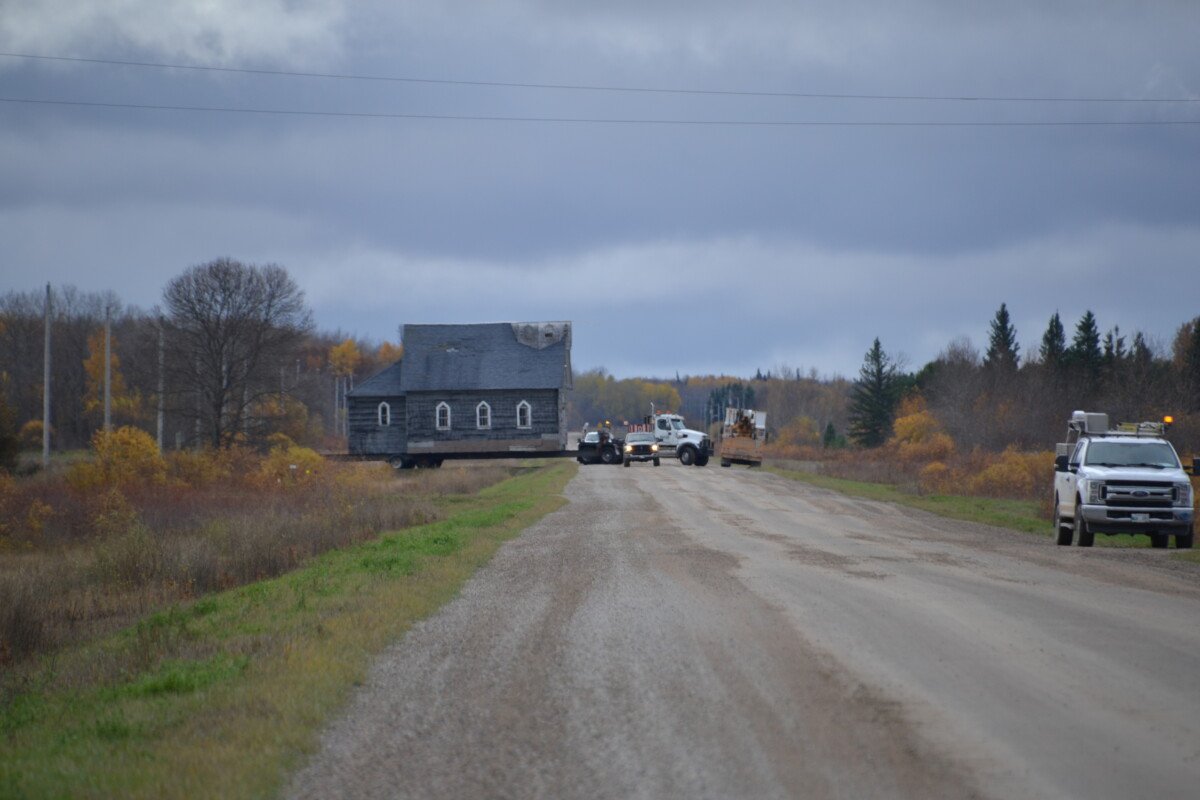
- Leaving…
-
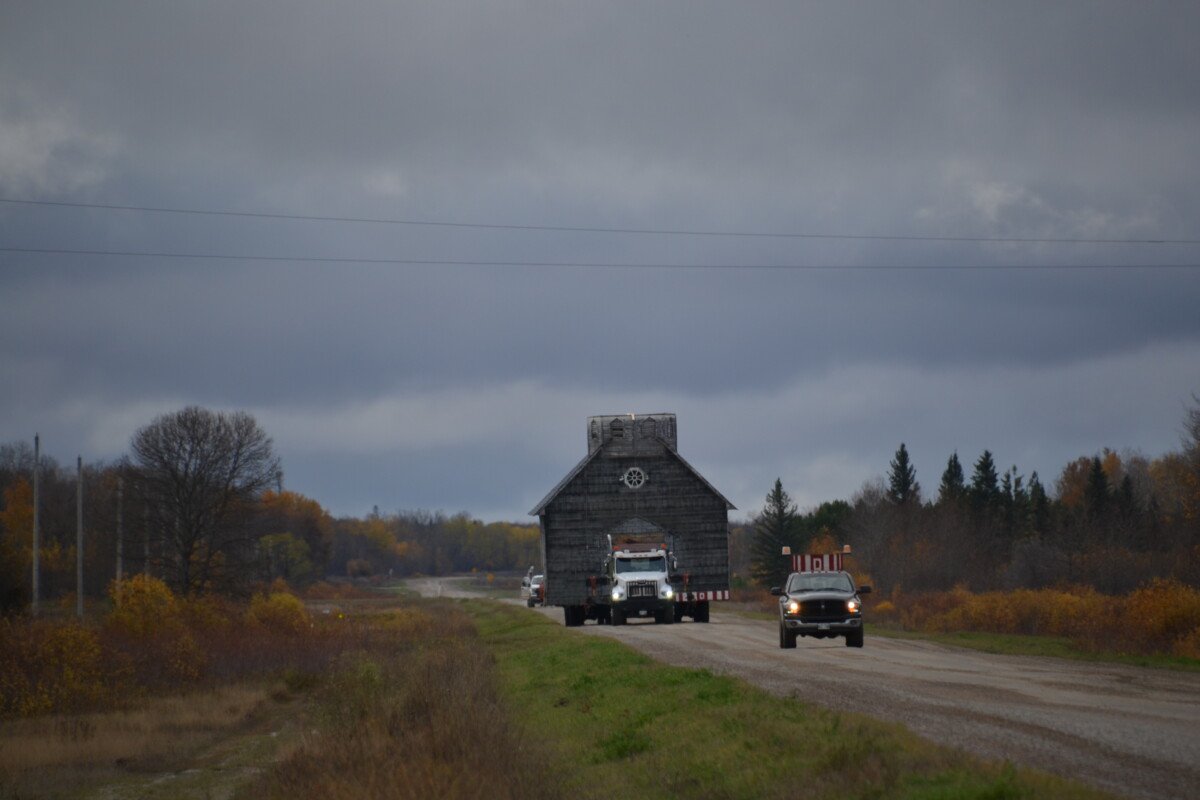
- On highway 520
-
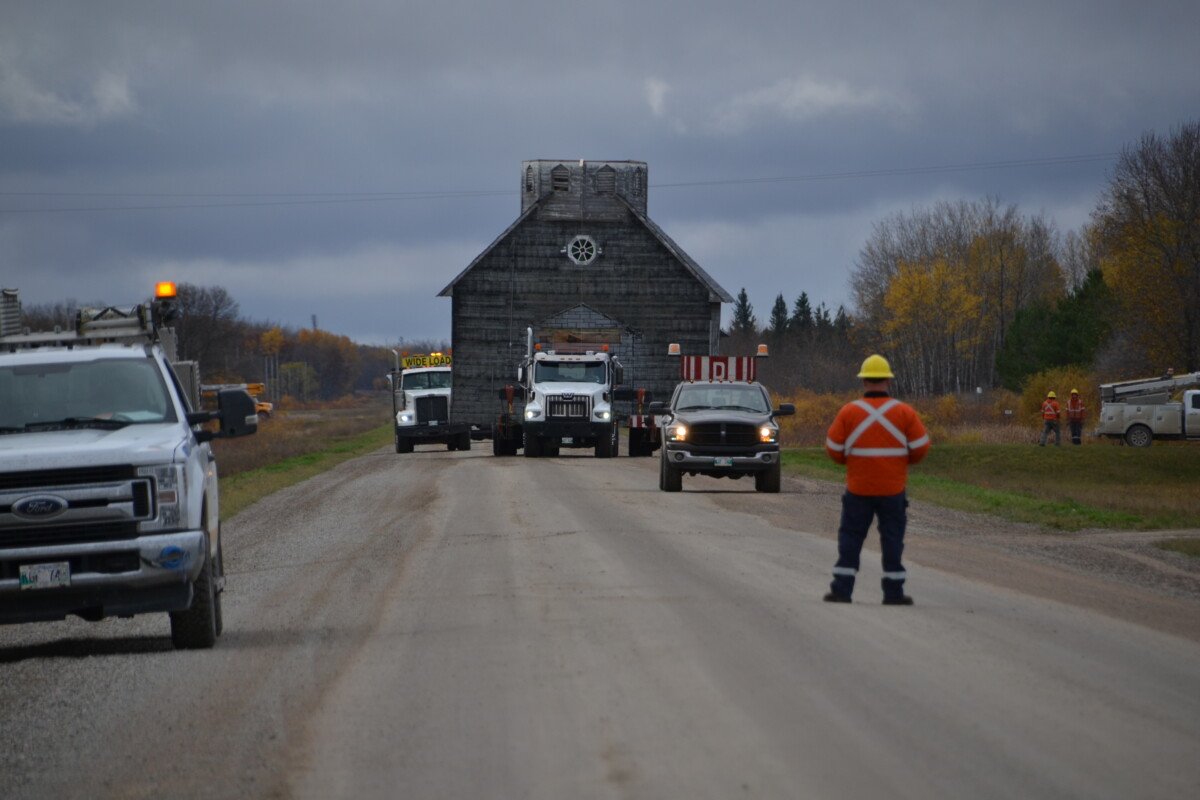
- With Hydro on highway 520
-
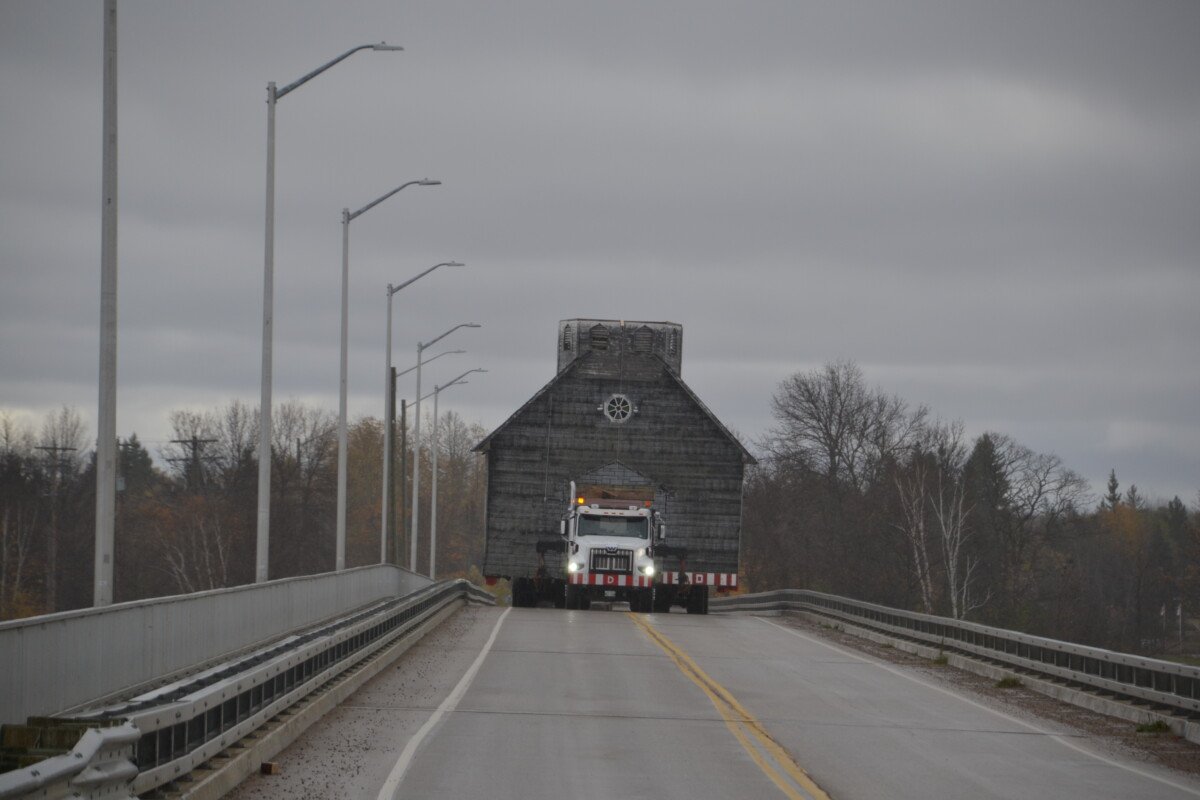
- Crossing the Winnipeg River bridge
-
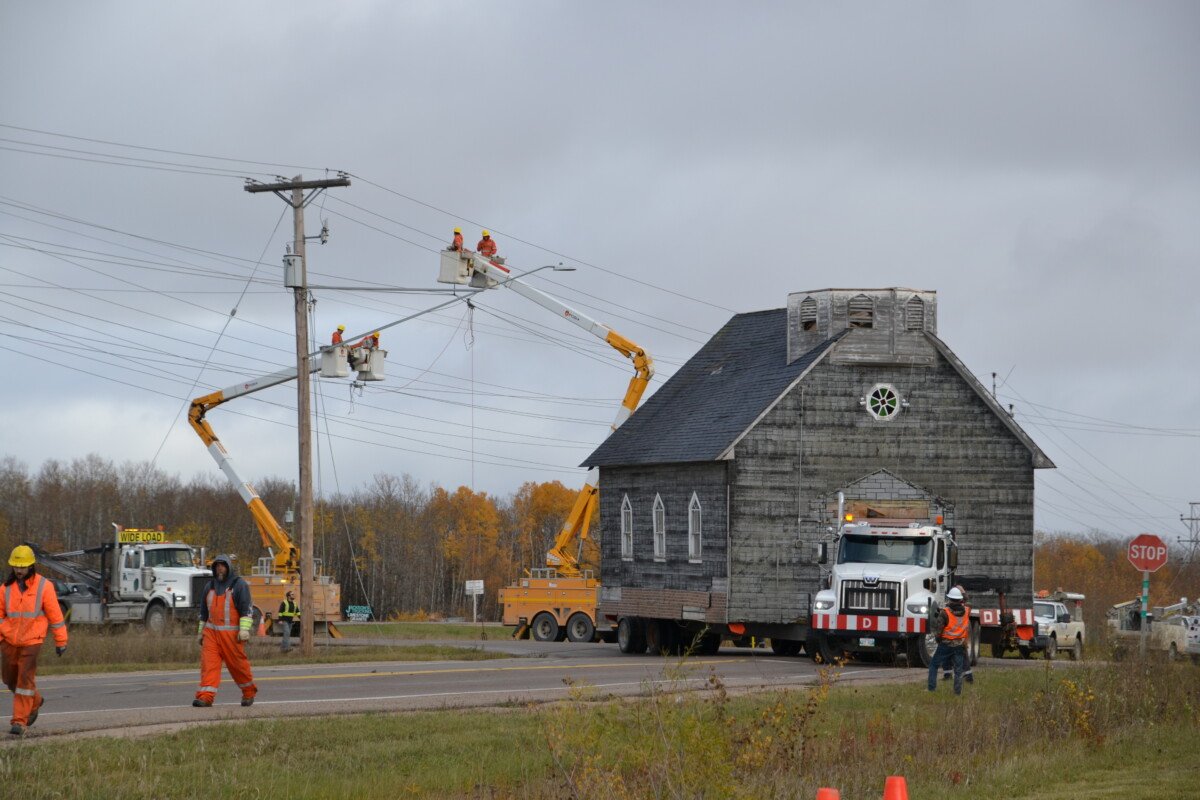
- At intersection of highways 313 & 502
-
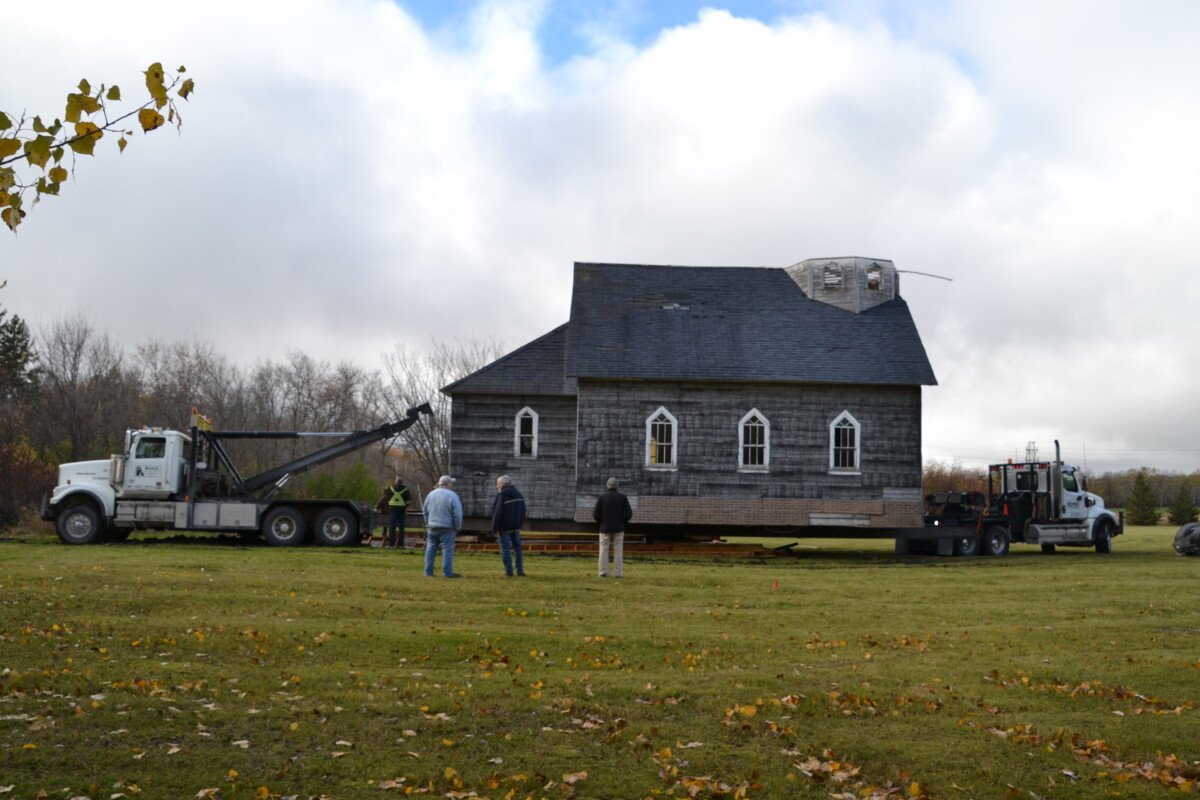
- Moving onto the new foundation
-
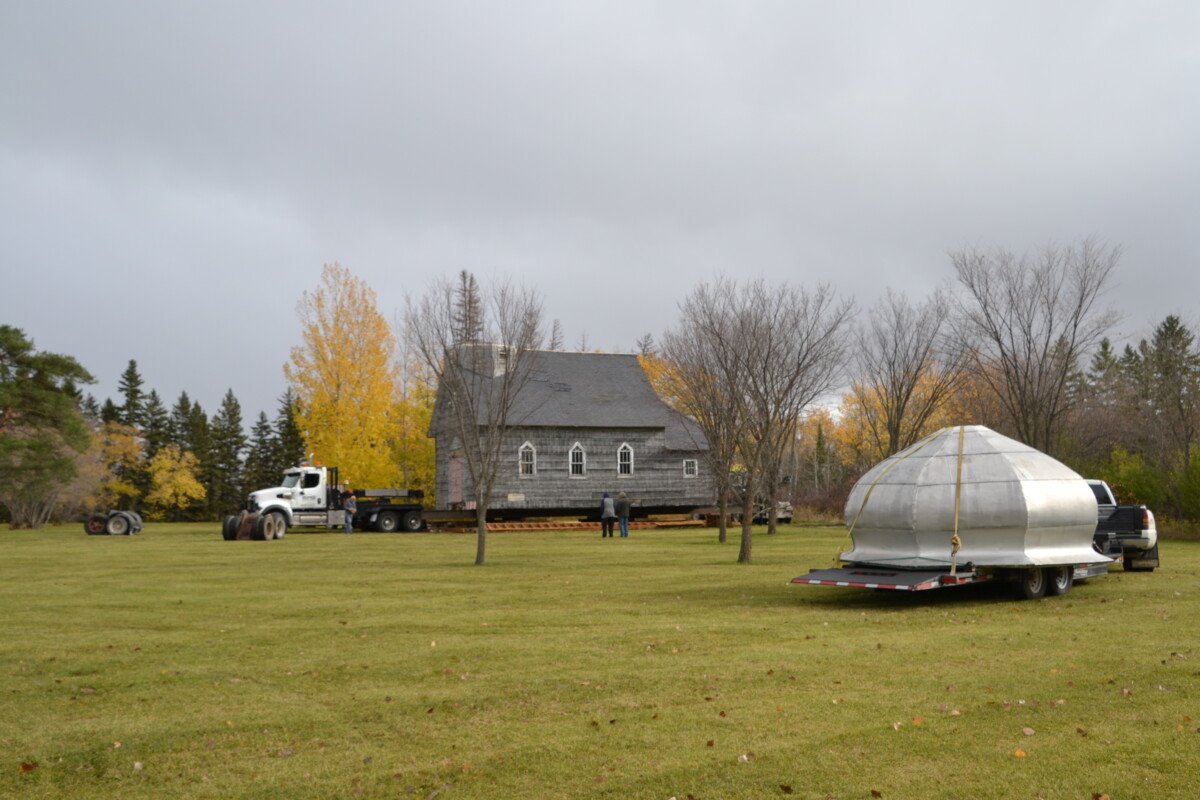
- The dome will be raised at a later date.
-
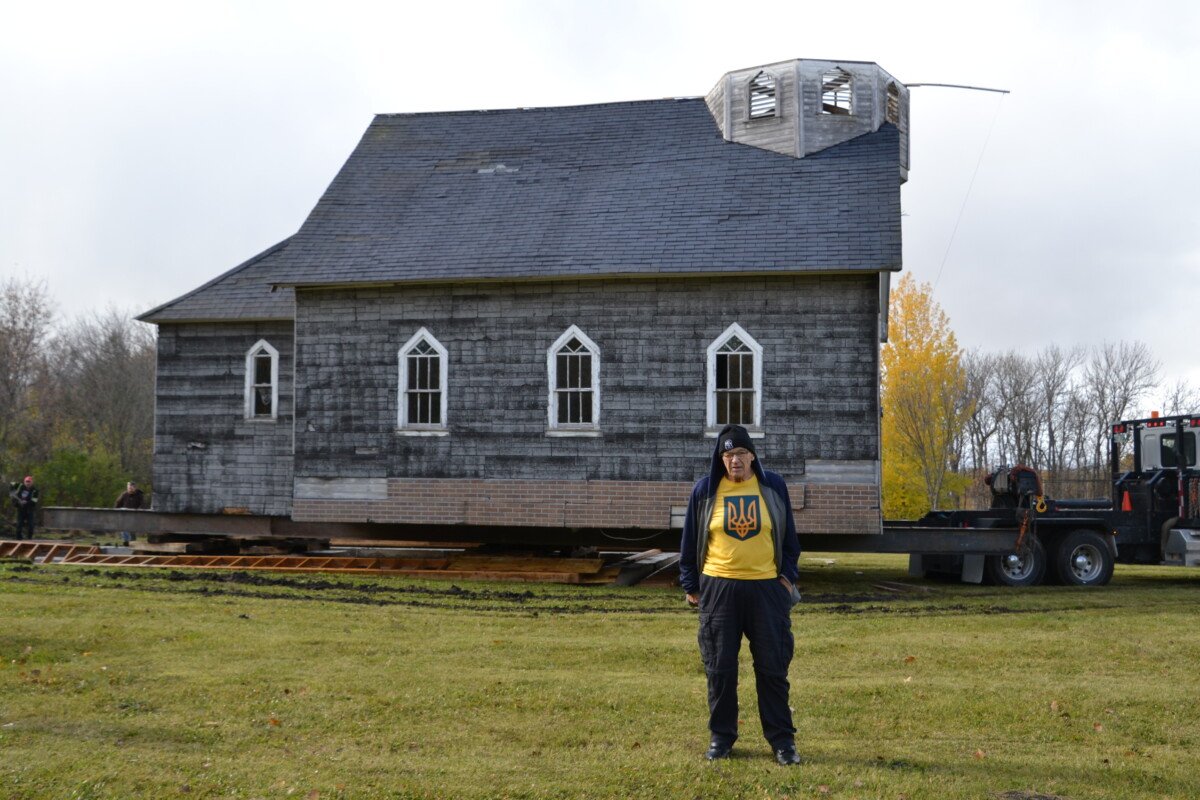
- Historical Society board member, Wayne Zemeel
On Wednesday, November 5, 2025 the distinctive church onion domes were put in place.
Thanks to Fern’s Craning (St. Anne, MB), and Marvin & Garrett Hueston. With all the recent rain, the crane truck got stuck in the mud. Marvin’s Ram truck was able to pull it out so work could continue.
Photos credit: Jennifer Strassel
Donations are needed to restore the church to its former glory.
GoFundMe: https://www.gofundme.com/f/help-save-st-anthony-petchersky-ukrainian-catholic-church
e-Transfer: ldbhistorical@gmail.com
Cheques can be mailed to Lac du Bonnet and District Historical Society, PO Box 658, Lac du Bonnet, MB, R0E 1A0
13
